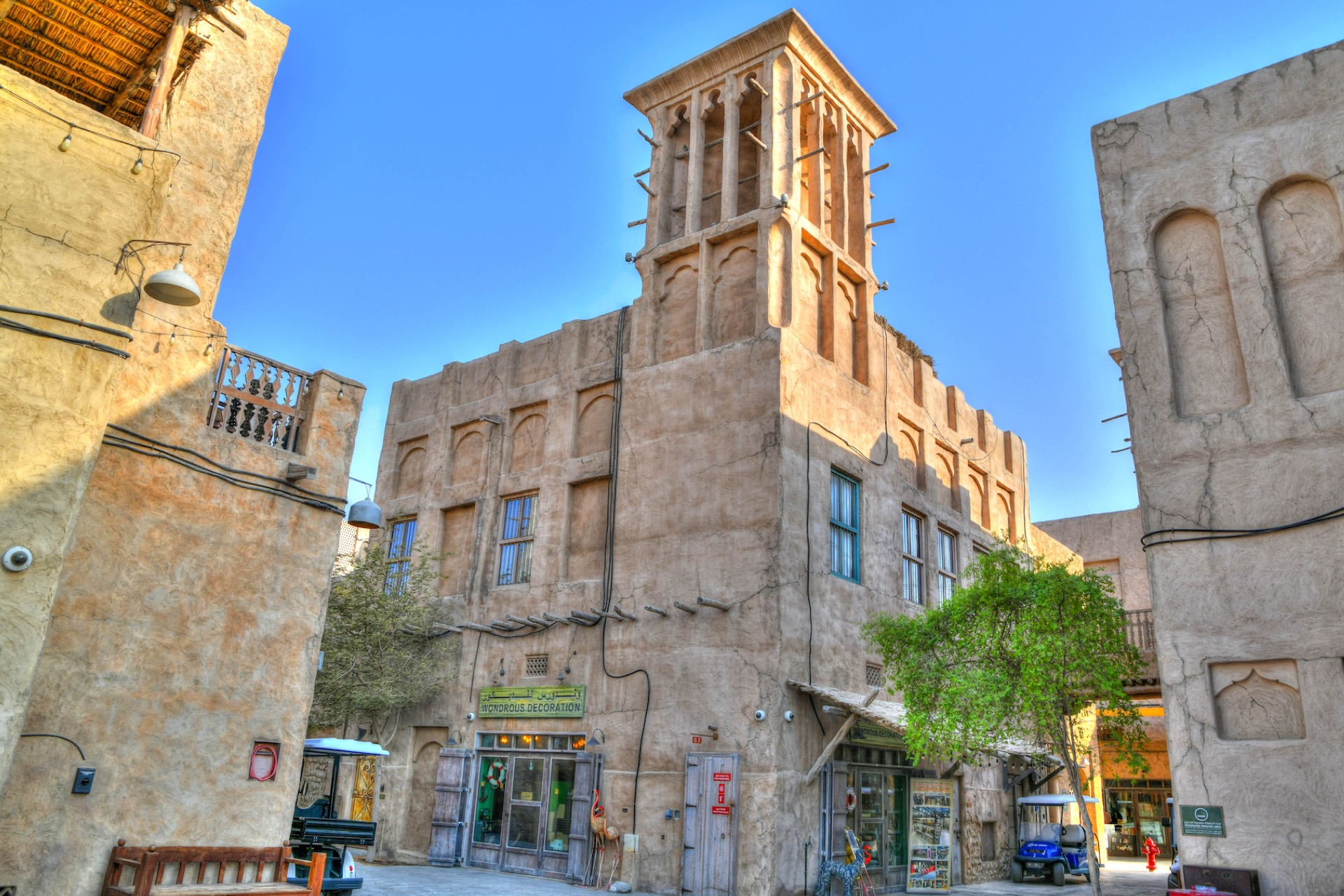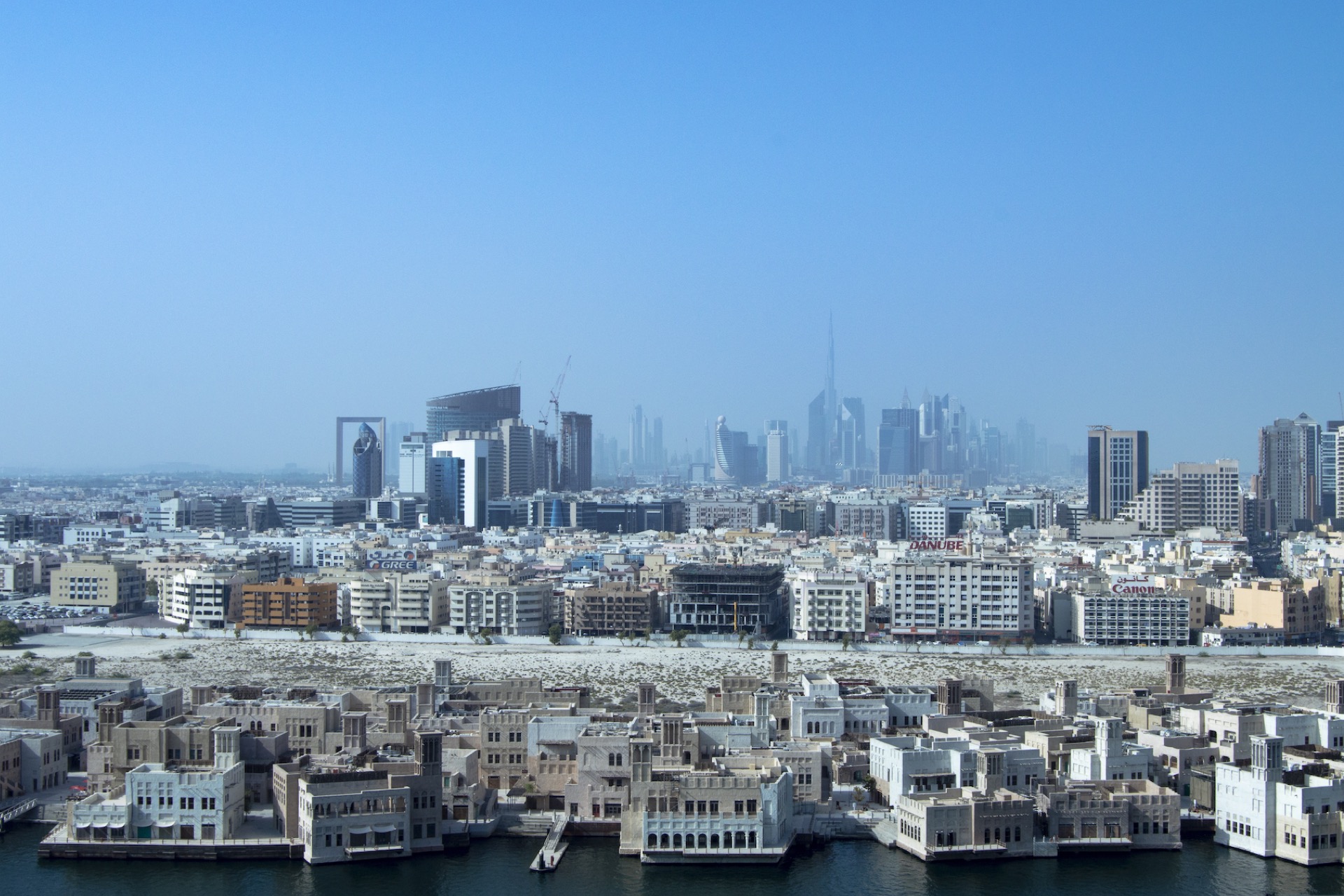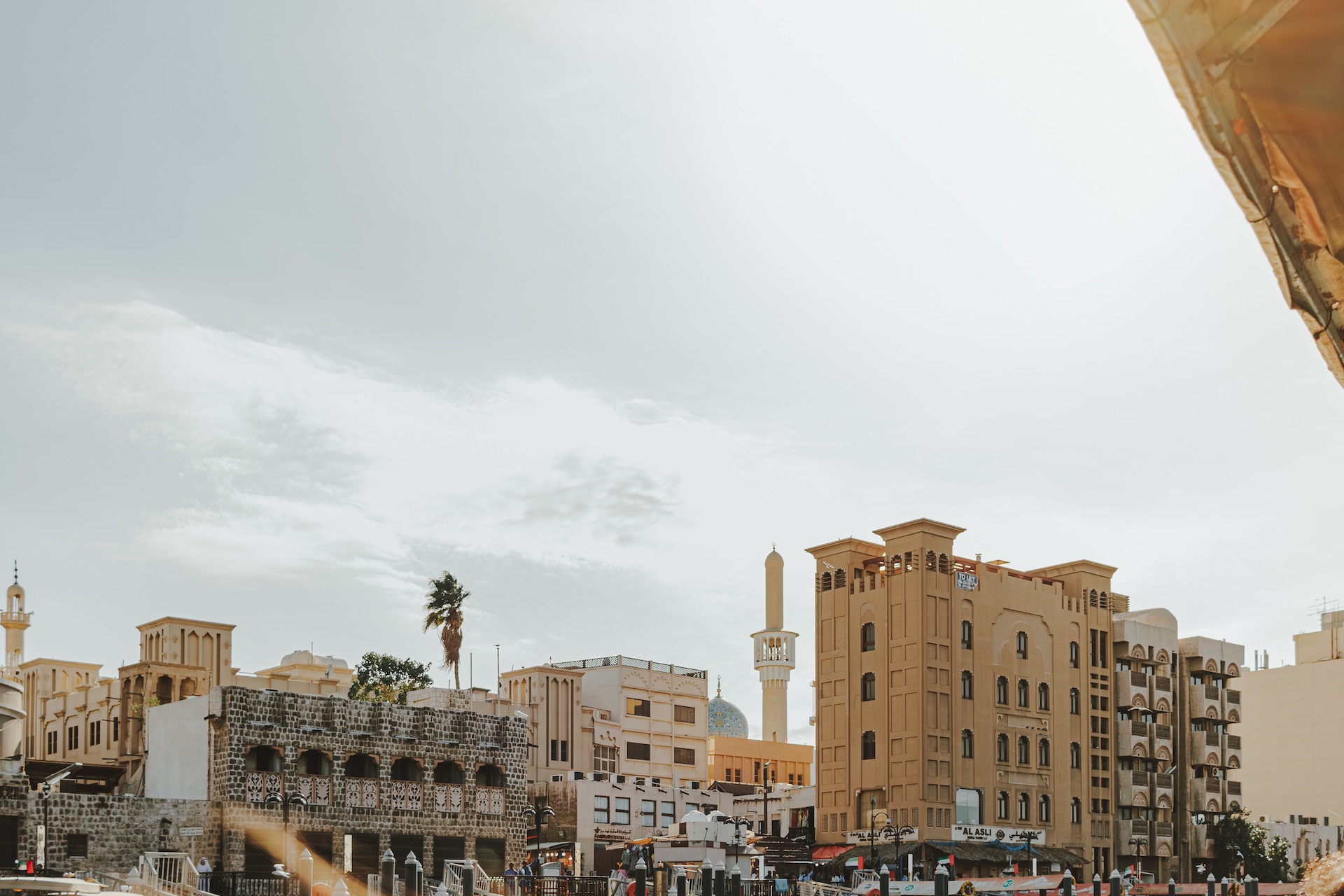Ancient Origins & Early Settlement (Prehistory - 1833)
Bedouin Nomads & Early Inhabitants
Archaeological discoveries reveal human habitation in the Dubai area dating back over 3,000 years to the Bronze Age. The region was primarily inhabited by Bedouin tribes who practiced nomadic herding, fishing, and date farming in the oases scattered across the harsh Arabian Desert.
The Bani Yas Tribe
The Bani Yas tribal confederation, to which Dubai's ruling Al Maktoum family belongs, dominated the region for centuries. These tribes controlled vital water sources and trade routes across the desert, establishing settlements along the coast where fresh water met the sea.
Pearl Diving & Fishing Heritage
Before the discovery of oil, Dubai's economy was built on pearl diving, fishing, and maritime trade. The natural deep-water creek (Dubai Creek or Khor Dubai) made it an ideal location for dhow boats to anchor, facilitating trade with India, East Africa, and other Gulf ports. Dubai became known for producing some of the finest pearls in the world.




